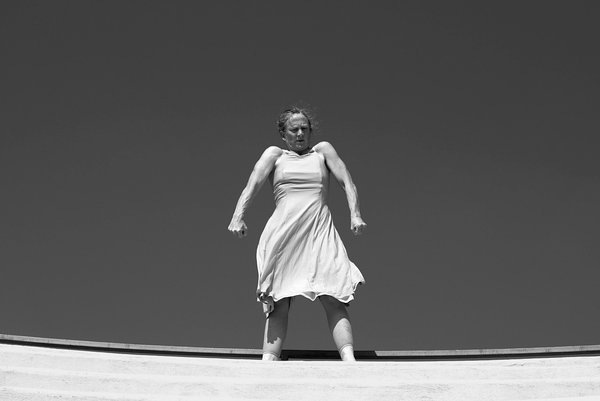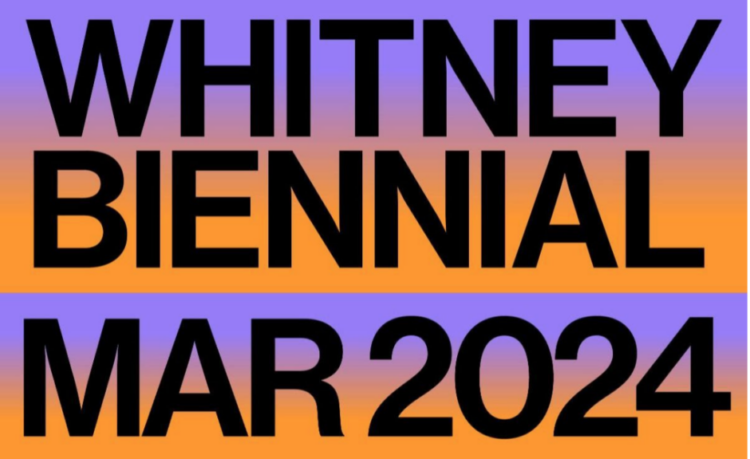Lisa Dent: The In-Between—Artists Build New Frameworks for Institutions

Nick Szuberla, after working on his Creative Capital project Thousand Kites for several months, found himself sitting in front of what he described as “an amazing database.” He and his collaborators, Amelia Kirby and Donna Porterfield, had been in contact with hundreds of community members in the Appalachian region, interviewing them about their experiences with two local super-maximum security prisons. The artists intended to compile the material into scripts to read aloud and broadcast over the radio in the communities most affected by the nearby prison complexes. While people had a lot to say about their experiences, to Szuberla’s surprise, the most prevalent concern from family members was the high cost of phone calls to their loved ones behind bars.
Szuberla discovered that under many states current communications systems, phone calls to incarcerated individuals cost up to $3.80 a minute. Some families found themselves paying $20-30,000 a year on phone calls alone.
Szuberla found that many state governments are receiving kickbacks from local phone companies for these calls—up to 60% of the cost. Although there are currently eight states that have banned prison phone kickbacks, Szuberla and grassroots partners felt that more could be done. So they started the Campaign for Prison Phone Justice, an advocacy group committed to changing the price of these phone calls and giving families the opportunity to be connected again.
Over the years Creative Capital has noticed that an increasing number of grantees have decided to start their own organizations. We’re realizing that the financial and advisory services we provide our grantees help them not only complete their artistic projects but also find ways to address other needs in our society. These new institutions have focused on issues of social justice, food, product development and critical thinking skills.

Jennifer Monson, Live Dancing Archive
Jennifer Monson, a dancer and choreographer, found the services provided to her as a 2000 Performing Arts grantee invaluable. “It was like going to graduate school,” Monson was quoted as saying in a recent article in the New York Times. “My whole world exploded open.” She founded the Interdisciplinary Laboratory for Art, Nature and Dance, or iLAND, a dance research organization that provides residencies, education and an annual symposium for dancers, scientists, environmentalists and architects to combine their processes towards the discovery of new models of engagement.
Matthew Moore, a 2008 Visual Arts grantee, has similarly expanded what began as a one-time project into ongoing work under the umbrella of an organization. A fourth-generation farmer in Phoenix, AZ, Moore was originally funded by Creative Capital for Lifecycles, a project that placed time-lapse videos of growing crops in the produce sections of grocery stores. Lifecycles has now expanded into the ambitious Digital Farm Collective, which aims to document every cultivated plant by collecting time-lapse footage and scientific and practical data from farmers throughout the world as their crops grow from seed to harvest. Partnering with FoodCorps, a subsidiary of AmeriCorps that places food educators in limited-resource communities, the Digital Farm Collective will also present a program called Seedlings, allowing children to create their own time-lapse videos of food growing in their school gardens.
Many curators and producers have recognized the need for new institutions like the ones we’re seeing our artists start. Hou Hanru, in an essay for the September/October 2012 issue of Art Asia Pacific, noted, “…what is needed in the art world is some kind of in-between system, between the state-dominated models of the previous century and the capitalist-dominated models of today. The question of how to build this new model and what it will look like is very important and needs to be debated. Independent organizations can play a crucial role in this. We need a new strategy because not only are the old models not working, but the traditional form of revolution is not working either. The question is how to generate independent ideas and develop in-between spaces in our increasingly complex society.”
The New Museum’s upcoming Museum as Hub conference, “How Do You Feel (About Institutions)?”, plans to consider “ways in which ‘feelings’ can structure both visible and also internal operations…the connections between authorship and accountability; the affective as it pertains to curatorial practice, and…ways in which institutions themselves might be thought otherwise within such a framework.”
And given Thomas Friedman’s recent Op-Ed, “Need a Job? Invent It”, I think, perhaps, Creative Capital artists are on to something.
